There is clearly something about the combination of pyramids and ancient calendars which appeals to our inner kookiness. In the 19th century, even a scientist as brilliant as Piazzi Smyth, the Astronomer Royal for Scotland, was convinced that the future of the human race had been encrypted within the Great Pyramid of Giza. Nowadays, enthusiasts for predictive code-matrices look not to ancient Egypt but to the Yucatan. There, back in the first Christian millennium, calculations are widely believed to have been made that foretell the end of the world. The date? A mere six days' time: 21 December.
Time to stock up on the baked beans, then? Not quite. To worry that the world will end next Friday would be to misunderstand the ancient people whose calendar supposedly pinpoints the date as terminal. The Maya, unlike their contemporaries in Christian Europe, did not live under the shadow of apocalypse. Their conception of the immensity of time was so precocious as to be almost chilling. An inscription on a temple in the great city of Palenque discusses events that are scheduled to take place in the year AD 4772. The cycles of the Maya calendar, far from ending in 2012, are destined instead to revolve for eons and eons.
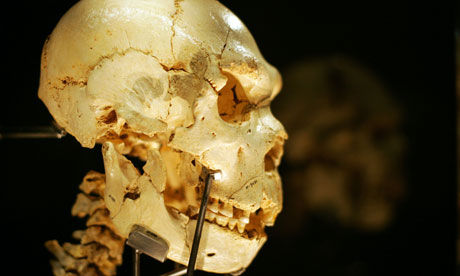
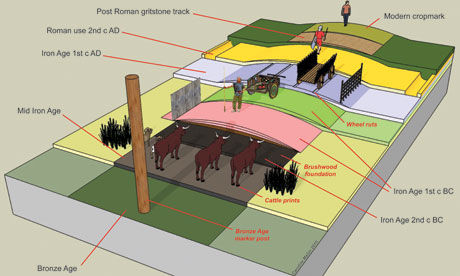
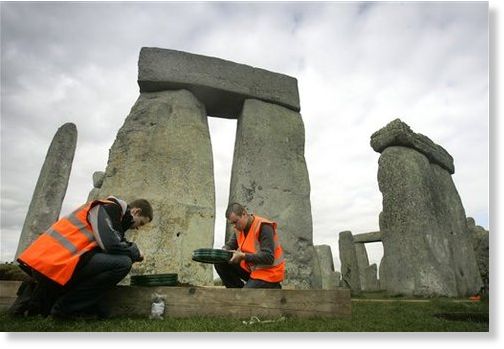
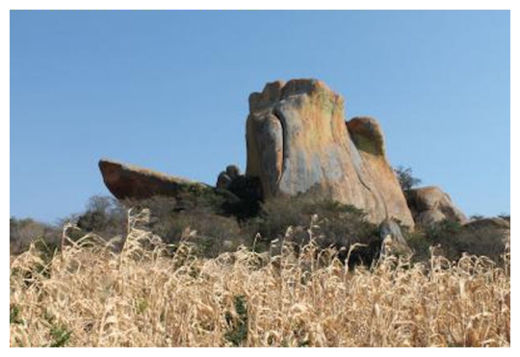
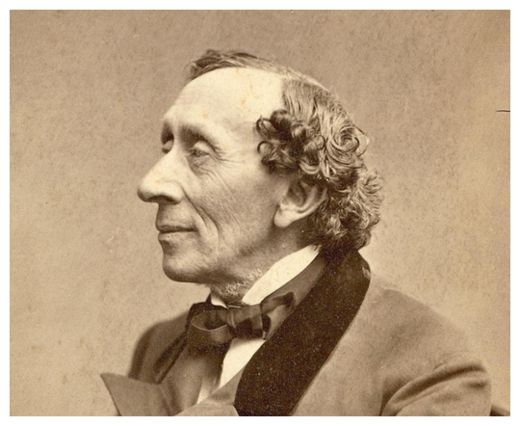
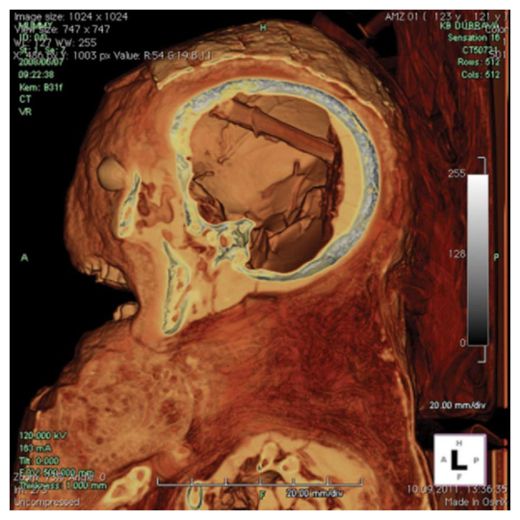
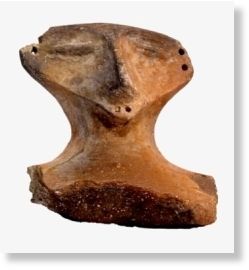





Comment: For more information of the difficulties faced by scientists in understanding our evolution see:
The Hidden History of Human Evolution